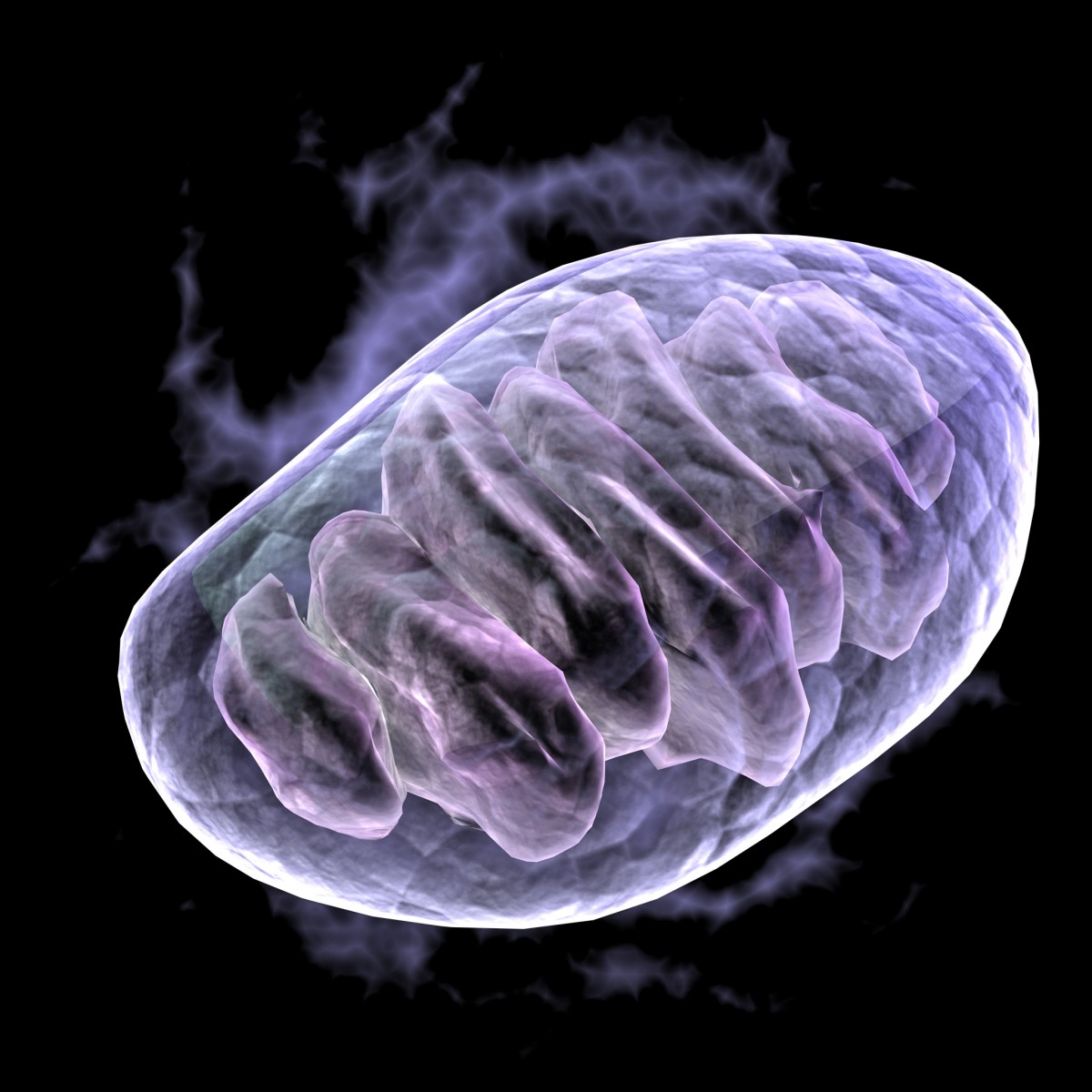Women’s Dementia Risk Appears to Be Reflected by Alterations in Brain Protein

Studies have shown that women suffer a higher risk of developing dementia than men. Now, a study reports that this gender difference seems to be mirrored by molecular changes in brain proteins, raising prospects of identifying better treatments for both men and women.
“The number of dementia patients is projected to triple by 2050 and there is an urgent need to identify key mechanisms of how dementia develops,” said Associate Prof. Sze Siu Kwan of the Nanyang Technological University in Singapore, the senior author of the study, in a press release. “Our findings and further study could have direct implications for our knowledge about the progression of dementia that could lead to the development of drugs for treatment of dementia.”
The research team used an unbiased approach called proteomics to study proteins in the brains of diseased individuals. The method allows for the analysis of thousands of proteins, with hypotheses on which proteins are likely to be involved in pathology and has successfully been applied to the study of several genes.
Five men and five women who had suffered dementia, as well as 10 control individuals, were included in the study, published in the journal Molecular Brain.
Focusing on the structure and function of proteins in the white matter and mitochondria of the temporal lobe, a structure crucial for visual memory processing and language understanding, the team was looking for so-called degenerative protein modifications. The white matter is composed of long nerve cell processes linking different parts of the brain, and, therefore, crucial for cognitive function.
The study, “Gender differences in white matter pathology and mitochondrial dysfunction in Alzheimer’s disease with cerebrovascular disease,“ identified one protein that was most heavily affected by degenerative protein modifications: Myelin Basic Protein. The factor is a crucial part of the production of myelin – the insulating material covering nerve cell processes that enables swift transmission of signals. Myelin, giving the white matter its appearance, works much the same way as the insulation on electrical wires. If it is missing or damaged, signals sent by neurons are not properly conducted, blocking communication between nerve cells and entire brain regions.
Surprisingly, the degenerative changes in Myelin Basic Protein were more common in women than in men. “As degenerative protein modifications are likely to critically influence protein function and activity in the central nervous system, they can be novel drug targets for treatment of dementia,” Sze Siu Kwan said.
When scanning proteins in the mitochondria – cellular components acting as batteries by converting nutrients to energy – the team found very low levels of some of the crucial proteins needed for energy production. Such changes, leading to a suboptimal mitochondrial performance, might lead to neuronal injury and even death. The changes in mitochondrial factors were also more pronounced in women.
“The findings of this study indicate that proteomics can detect differences between male and female dementia patients on a molecular level which cannot be detected by standard approaches,” said Xavier Gallart-Palau, first author of the study.






